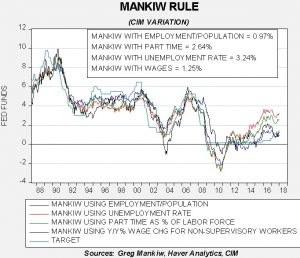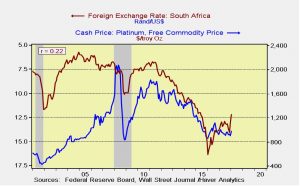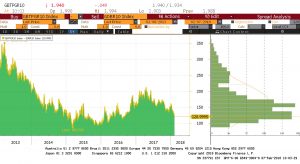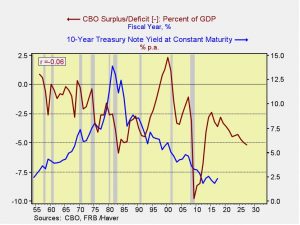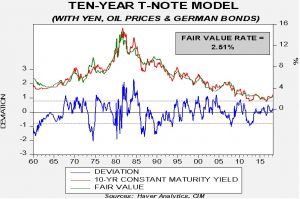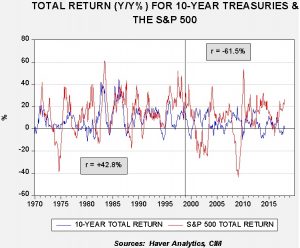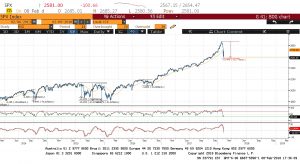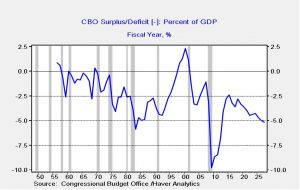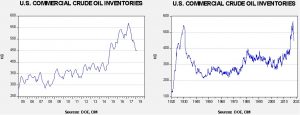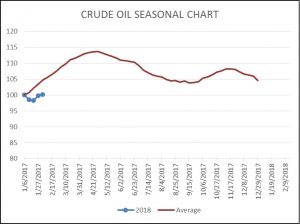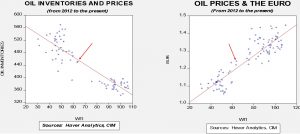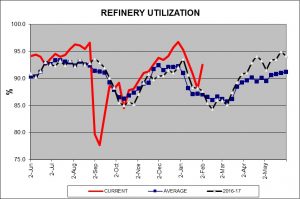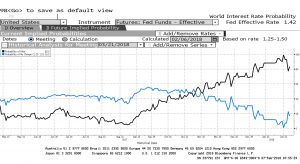by Bill O’Grady and Thomas Wash
[Posted: 9:30 AM EST]
Looking for something to read? In our travels we are often asked about books we recommend. As a result, we have created The Reading List. The list is a group of books, separated by category, that we believe are interesting and insightful. Each book on the list has an associated review to help you decide if you want to read it. We will be adding to the list over time. Books marked with a “*” are ones we consider classics and come highly recommended.
It’s Chinese New Year’s Eve, the year of the dog! The Chinese New Year is tomorrow so Chinese financial markets are closed today and will remain so until the 21st. This will slow Asian trading for the next week. Here is what we are watching this morning:
Cyprus trouble: Last week, on Feb. 9th, Turkish naval vessels blocked an Italian ship contracted by Italy’s oil firm Eni ($33.85) that was planning to explore for natural gas around the island nation. In response, Italy has dispatched a naval frigate to the area, although the Italians have indicated their vessel is under orders not to engage with the Turkish military ships.
Cyprus’s population is roughly 25% Turkish and 75% Greek. Both groups have vied for control of the island, which is geopolitically important in that the holder of that island could project naval power into the Levant and block shipping from the Black Sea. The British held Cyprus as a colony until 1960. During the colonial period, as was often the case, the British gave the minority Turks extensive rights. This was a common ploy by European colonists—they would offer strong support to minority groups in a colony, making them dependent on the colonial power. This practice made managing the colony easier since the minority group was dependent and usually didn’t have enough power to manage independence. At independence, the British wrote a constitution that gave the Turkish Cypriots extensive minority rights. It was a recipe for discord and, by 1963, the island was embroiled in a low-level civil war. The Johnson administration was able to prevent the war from escalating but only by supporting a U.N. peacekeeping mission that essentially partitioned the island. In 1974, a coup ousted the Greek Cypriot president and the junta planned to forcibly merge the island. Turkey invaded the northern Turkish zone to prevent unification and declared (an almost universally unrecognized) Turkish Republic of Cyprus in the northern zone. It has remained divided ever since.
What triggered the current dust-up was that the Greek Cyprus government, which is generally recognized as the legitimate government of the island, licensed blocs offshore for energy exploration as it appears there could be significant natural gas deposits around Cyprus. However, most of these blocs sit in an area that Turkey has claimed as under its control, even though this area is on the southern end of the island. However, no other nation in the world, save Turkey, recognizes the Turkish Republic of Cyprus and thus the exclusive zones claimed by this republic are also unrecognized.
At present, we don’t expect this situation to escalate. Europe appears unable to conduct war without the U.S. and we don’t see the Trump administration getting involved. In addition, Turkey has significant leverage over the EU; if sufficiently angered, Turkey would release a flood of refugees into Europe. The last wave has had significant political ramifications and another would likely exacerbate those problems. At the same time, Turkey has its hands full managing its southern border with what was once Syria and northern Iraq. It can’t really deal with a full-scale naval battle in the Mediterranean. We see this spat as jockeying for position in negotiations, with the prize being the control of natural gas reserves. At the same time, the chances that this situation escalates, while remote, are higher than normal because the U.S. has created a global power vacuum by its steady withdrawal from the world. Russia, for example, could tip the scales in either direction; supporting Italy might give Moscow an ally to attain EU sanctions relief, while cozying up to Turkey could help it project power in the Middle East. We believe this event is an example of what we will see more of for the foreseeable future.
The JPY: Japan’s Finance Minister Aso indicated overnight that the recent strength of the JPY is not a major concern, opening the Japanese currency to further appreciation. Reuters[1] is reporting that Governor Kuroda, who we recently noted is likely to get a rare second term as head of the BOJ, may face a less cooperative group of deputy governors at the central bank. Overall, we expect the BOJ to allow for steady appreciation of the JPY as long as it doesn’t accelerate. Openly calling for a weaker currency runs the risk of antagonizing the Trump administration, and Japan would prefer good relations with Washington while it is dealing with significant tensions on the Korean Peninsula and with China.
[1] https://www.reuters.com/article/us-japan-economy-boj/choice-of-deputies-may-complicate-kurodas-job-at-the-boj-helm-idUSKCN1FZ0WT



